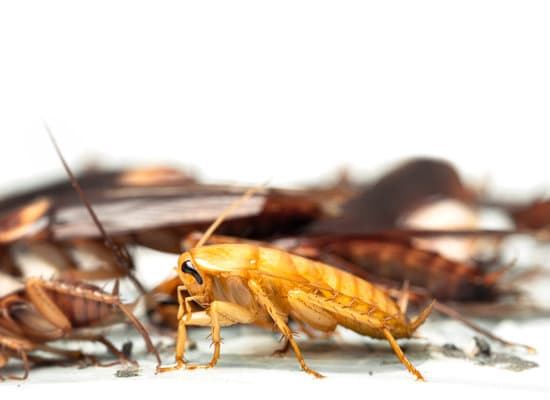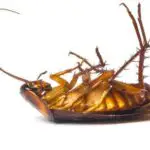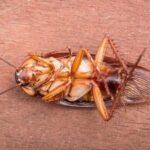How Big Were Cockroaches in Prehistoric Times?
During prehistoric times, cockroaches were much larger than they are today. Some fossils from 300 million years ago show that roaches were three and a half inches long. However, most roach species are much smaller. The largest living cockroach is the Megaloblatta longipennis, which can reach a length of nine centimeters (three inches) and a wingspan of twenty centimetres (seven inches) long. It uses stridulation to avoid predators.
Researchers believe the roaches evolved about 300 million years ago. At this time, most of the dry land on the planet was concentrated in the Pangaea supercontinent. However, due to continental drift, the continents began to separate. Early roaches traveled with the continents and populated newly sundered monster islands. These early cockroaches eventually spread to every continent. These roaches were extremely productive, and their population multiplied rapidly.
The fossil of a cockroach dating from 300 million years ago was so preserved that it retains fine details. Its antennae, legs and mouth parts are still intact. The fossil also shows that cockroaches lived in a tropical environment. In prehistoric times, their size was about twice as large as today’s largest cockroaches.
Scientists have been baffled about how cockroaches became so large. They originally believed that higher oxygen levels and a larger landmass were responsible for their massive size. However, this theory has been challenged by the discovery of a fossil of a giant millipede called the Arthropleura. This fossil, which was discovered on a beach in northern England, reveals secrets about the organism’s size.








